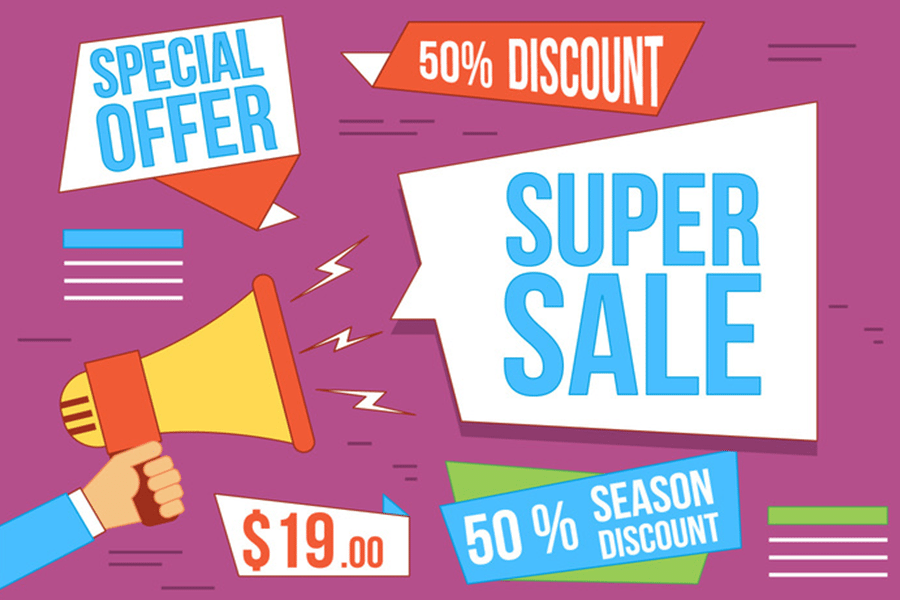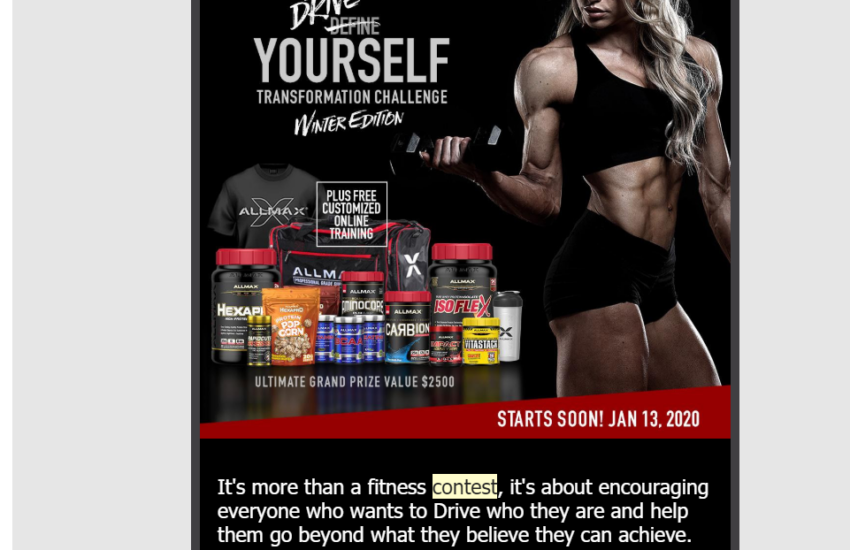Soutěže slevové akce
In today’s fast-paced marketplace, businesses are constantly searching for innovative ways to engage customers and boost sales. One effective strategy that has gained traction is promotional competitions and discount campaigns. These initiatives not only enhance customer interaction but also encourage repeat purchases and brand loyalty. In this article, we will delve into various aspects of running successful competitions and discount promotions, exploring key strategies, examples, and their impact on consumer behavior.
Statistics reveal that 67% of consumers appreciate brands that hold competitions and promotions, making it a significant opportunity for businesses. By creating unique and enticing discount campaigns, companies can effectively attract new customers while also retaining existing ones. This article will guide you through the essentials of executing memorable competitions and promotional sales. You will learn about different ideas for promotions, how to engage your audience, and the metrics to measure success.
We will explore the following sections:
- Understanding the Importance of Sales Promotions
- Types of Competitions and Promotions
- Crafting the Perfect Promotion Strategy
- Effective Marketing Channels for Promotions
- Measuring the Success of Your Promotions
- Case Studies of Successful Promotions
- Conclusion and Future Trends
Let’s dive deeper into the world of competitions and discount promotions and discover how these strategies can transform your business.
Understanding the Importance of Sales Promotions
Sales promotions play a critical role in driving consumer behavior. They provide customers with an additional reason to purchase a product or service, often leading to impulse buying. Understanding the psychology behind promotions is essential for crafting successful campaigns.
Social proof is a powerful motivator; when potential customers see others participating in and benefiting from your promotions, they are more likely to engage. Furthermore, limited-time offers create urgency, prompting quicker decision-making from consumers.
Given the competitive landscape, using promotional strategies effectively can set your business apart from others. Companies that embrace and intelligently execute promotional events often report significant increases in sales and customer loyalty.
Consumer Behavior and Promotions
Research shows that consumers react positively to discounts, contests, and giveaways. According to a study conducted by the Promotion Marketing Association, 70% of consumers say that they are more likely to shop where they can access special deals or discounts.
Additionally, consumers are drawn to brands that create excitement around their products through competitions. Engaging competitions enhance customer experiences, making them more likely to share their experiences with friends and family, thereby increasing brand visibility.
Types of Competitions and Promotions
Various types of sales promotions can be employed to engage customers. Each type serves distinct objectives and targets specific audience segments.
Discount Promotions
These are the most straightforward and widely recognized forms of promotions. Offering a percentage off a product or service encourages quick transactions and can effectively clear out old inventory. Seasonal discounts, holiday sales, and flash sales are common strategies that can yield quick returns.
Contests and Giveaways
Contests can create significant engagement. By encouraging consumers to participate actively, brands can boost their social media presence while also building mailing lists. Giveaways, on the other hand, can attract attention and create excitement among a wider audience.
Loyalty Programs
These programs reward repeat customers by offering discounts or perks. Combating customer churn is crucial in today’s market, and loyalty programs provide incentives for consumers to return to your brand repeatedly.
Crafting the Perfect Promotion Strategy
Creating an effective promotional strategy involves understanding your target audience and aligning your goals with their preferences. Here are key steps to consider:
Define Your Objectives
Before launching a promotion, it’s vital to clarify your goals. Are you aiming to boost sales, increase brand awareness, or grow your social media following? Clear objectives will guide the planning process.
Identify Your Audience
Understanding your target audience is fundamental. Utilize research tools and customer data to determine the demographics, interests, and behavior patterns of your ideal customers.
Set a Budget
Every promotional campaign requires a budget. It’s important to evaluate how much you’re willing to spend on discounts, marketing materials, or prizes and align your goals with your financial resources.
Effective Marketing Channels for Promotions
Promoting your sales competitions effectively is just as crucial as the competitions themselves. Using multiple marketing channels will ensure a wider reach.
Social Media
Social media is an excellent platform for promoting competitions. With billions of active users, it offers endless opportunities to engage. Creating shareable content that excites and attracts your audience can significantly enhance participation rates.
Email Marketing
Email remains a powerful tool for reaching customers directly. Sending targeted emails about upcoming promotions or competitions can result in higher participation rates. Techniques such as personalization can yield further engagement.
Influencer Collaborations
Partnering with influencers can amplify your promotional campaigns. Influencers already possess a trusted relationship with their followers, making them effective advocates for your brand.
Measuring the Success of Your Promotions
After implementing promotional campaigns, understanding their effectiveness is crucial. Tracking key performance indicators (KPIs) will provide insight into what worked well and what needs improvement.
Sales Metrics
Tracking the sales generated during and after the promotional period will provide clear insights into success. A comparison with previous periods will highlight growth and help predict future campaigns’ effectiveness.
Engagement Rates
Analyzing metrics such as social media engagement, website traffic, and email open rates can reveal how well your promotions resonated with your audience. Understanding this engagement helps improve future promotions.
Case Studies of Successful Promotions
Looking at successful promotional campaigns can provide inspiration and practical insights. For example, Nike’s “#NikeToYou” campaign successfully engaged customers through a series of social media challenges.
Another notable example is Starbucks, which leveraged its loyalty program to incentivize purchases and increase customer retention. By rewarding customer loyalty through exclusive offers, Starbucks effectively enhanced its customer base.
Conclusion and Future Trends
As businesses continue evolving in the digital age, so will promotional strategies. Being aware of emerging trends, such as gamification in promotions, can help brands remain competitive. Engaging customers through interactive and fun competitions can attract a younger audience and build brand loyalty.
In conclusion, promotional competitions and discount campaigns are powerful tools for enhancing customer engagement and driving sales. By understanding customer motivations and implementing effective strategies, businesses can create impactful promotions. The landscape is continually shifting, and by staying attuned to trends and consumer preferences, brands can achieve lasting success.

For more insights, check out related articles on discount promotional strategies and successful competition examples.
